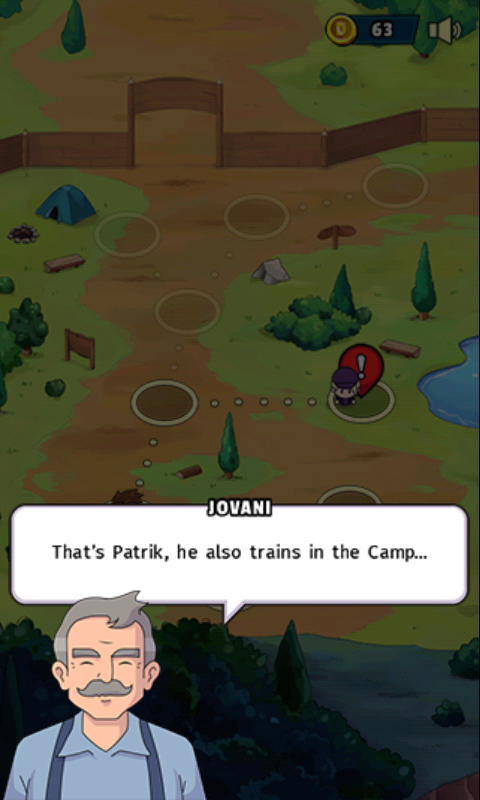

- Dynamons world evolution version of torchip how to#
- Dynamons world evolution version of torchip mod apk#
- Dynamons world evolution version of torchip manual#
- Dynamons world evolution version of torchip code#
Dynamons world evolution version of torchip mod apk#

Our new object will have a property foo with the value of bar. If you’d rather receive an associative array, pass true to the $associative parameter of json_decode(). The $depth parameter lets you control the maximum nesting level to parse down to. You’ll get null if the JSON nests deeper than the set level – no attempt will be made to parse the data. The $flags parameter accepts a bitmask of optional flags that alter the parsing behaviour.
Dynamons world evolution version of torchip manual#
These are described in detail within the PHP manual and allow you to define how specific data types should be handled. Handling Parsing Errorsīy default, json_decode() will return null when it’s passed an invalid JSON string. This presents an issue because an isolated null is a valid JSON string. You’ve no way of knowing whether the null return value is due to the JSON containing null, or because the JSON was malformed and couldn’t be parsed. PHP accepts any value as $value, except for resources. Data types are automatically handled to ensure they have an appropriate mapping in the generated JSON. PHP objects and associative arrays will become JSON objects containing all the enumerable property/key-value pairs of the input value. PHP scalar types map directly into JSON with no transformation. Like its decoding counterpart, json_encode() accepts $flags and $depth parameters. Take care around the order though – in a quirk of the PHP standard library, the position of these two optional parameters is switched compared to json_decode(). Many more flags are supported when encoding data. JSON_FORCE_OBJECT – Convert PHP numerical arrays to JSON objects instead of arrays.This handles the case where a variable contains an associative array which might be empty. When the array is empty ( ), a JSON array would be created when it’s not empty ( ), an object would be emitted instead. JSON_PRETTY_PRINT – PHP’s JSON output is normally minified which is ideal when sending it over the network as part of an HTTP request.Įnabling this flag ensures an object is always used in the encoded JSON.JSON_NUMERIC_CHECK – Automatically converts numeric strings to numbers in the JSON output, instead of preserving them as strings.JSON_PRESERVE_ZERO_FRACTION – Forces PHP to encode floats such as 0.0 exactly, instead of shaving off the fraction to write 0 into the JSON (which could be incorrectly parsed as an integer).Setting this flag will add new line characters and automatic indentation to the JSON string, making it more suitable for configuration files and other scenarios where humans will read the output. JSON_PARTIAL_OUTPUT_ON_ERROR – Try to continue writing even after an encoding error is encountered.With this enabled, a PHP value "234.5" will be emitted as 234.5 in the JSON.

PHP will try to substitute invalid values in order to produce some output, even if it’s not complete.There's a neat little Drupal module called JSON Field and recently, I had a chance to play around with it. Out of the box, JSON field is a just a plain field where JSON data can be input and output on a web page. On its own, the module does not do much beyond just printing the raw data formatted as JSON.

However, I got to thinking it would be ideal to nicely format the data with HTML.
Dynamons world evolution version of torchip code#
In this article, I will show you how I accomplished this with both a preprocess function and some custom code in Twig. Note, if you get an error, you may need to append a version number, for example: composer require drupal/json_field:1.0-rc4 In the root of your project, run: composer require drupal/json_field Getting startedįirst, you'll want a Drupal 8 or 9 instance running. When I created my field, I chose the option, JSON stored as raw JSON in database Next, enable the module and create a new field on an entity, for example on a page content type.


 0 kommentar(er)
0 kommentar(er)
